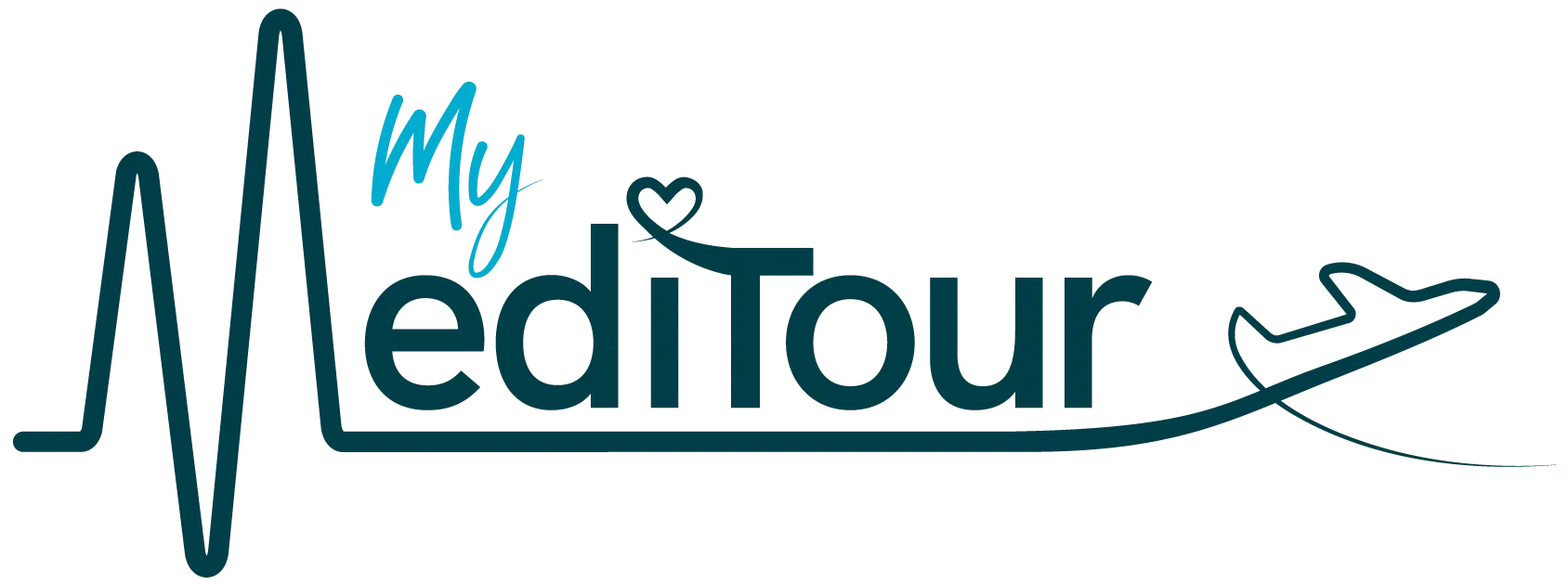South Korea is globally recognized as a leader in cosmetic surgery innovation, attracting thousands of patients who seek youthful, natural-looking results. One of the most popular procedures among both local and international patients is facelift surgery, also known as rhytidectomy.
Patients choose Korea not only for its advanced surgical techniques but also for its affordable pricing, world-class clinics, and surgeons known for precision and artistry. Compared to Western countries, the facelift surgery in South Korea cost is substantially lower while maintaining equal or higher medical standards.
This complete guide explains everything — cost breakdowns, procedure types, recovery details, safety measures, and how to find trusted clinics through mymeditour.com, the global leader in medical tourism facilitation.
1. Average Cost of Facelift Surgery in South Korea
“Facelift surgery in South Korea costs between $4,000 and $9,000 depending on type, surgeon, and clinic location.”
The cost of a facelift in South Korea is significantly more affordable than in countries like the USA, UK, or Australia, where it can range from $12,000 to $20,000. Korean clinics offer comprehensive packages that include medical fees, accommodation, and transfers.
Facelift surgery in South Korea typically costs USD 6,000–15,000, depending on the type of lift (mini, full, or deep plane), the surgeon’s expertise, and the clinic’s reputation. Mini facelifts may start around USD 4,000–7,000, while full or deep plane lifts range from USD 10,000–15,000. Many clinics in Seoul offer all-inclusive packages covering consultations, surgery, anesthesia, and post-op care, making South Korea a top destination for safe, advanced, and natural-looking facelift results at competitive prices.
Average Price Range:
| Procedure Type | Estimated Cost (USD) |
|---|---|
| Mini Facelift | $3,500 – $5,500 |
| Full Facelift | $6,000 – $9,000 |
| Endoscopic Facelift | $4,500 – $8,000 |
| SMAS Deep Plane Facelift | $7,000 – $10,000 |
| Thread Lift (Non-surgical) | $1,800 – $3,000 |
The variation depends on the extent of correction, surgeon’s expertise, and whether additional treatments such as neck lift, eyelid surgery, or fat grafting are included.
2. Why South Korea Is a Global Leader in Facelift Surgery
“South Korea leads the world in facial rejuvenation surgery because of its innovation, surgeon expertise, and high patient satisfaction.”
Several factors make Korea the top destination for facelift procedures:
- High surgical volume: Surgeons perform thousands of cosmetic procedures annually, refining their skills.
- Aesthetic precision: Korean surgeons emphasize natural results instead of over-tightened appearances.
- Advanced technology: Clinics use 3D facial mapping, high-definition endoscopy, and micro-suturing tools.
- Medical tourism infrastructure: With government support, hospitals cater to foreign patients with multilingual staff and seamless services.
- Competitive pricing: Lower operational costs and currency value make surgeries affordable without compromising quality.
3. What’s Included in the Facelift Cost
“The cost usually includes consultation, anesthesia, surgery, hospital stay, and post-operative care.”
A typical facelift package in South Korea includes:
- Pre-surgery consultation and facial design
- Anesthesia and operation
- Hospital and operating room fees
- Post-operative medications and check-ups
- Airport transfers and hotel accommodation
- Interpreter and aftercare support
All-inclusive packages can be arranged through mymeditour.com to ensure transparency, verified clinics, and patient comfort from arrival to recovery.
4. Types of Facelift Procedures Available in South Korea
“Korean clinics offer surgical and non-surgical facelift options tailored to age, skin type, and desired results.”
Surgical Facelifts
- Full Facelift: Comprehensive rejuvenation for sagging cheeks, jawline, and neck.
- Mini Facelift: Targets lower face sagging with shorter incisions and quicker recovery.
- SMAS Lift: Tightens both skin and muscle layers for long-lasting structure.
- Deep Plane Facelift: Repositions deeper tissues for a youthful, natural contour.
- Endoscopic Facelift: Minimally invasive using a camera for precision and minimal scarring.
Non-Surgical Facelifts
- Thread Lift (PDO or PCL): Uses dissolvable threads to lift skin.
- Ultherapy (HIFU): Tightens skin using ultrasound waves.
- Thermage FLX: Stimulates collagen with radiofrequency energy.
- Dermal Fillers & Botox: Smooth fine lines and restore lost volume.
Patients can consult Korean surgeons to combine techniques for the best personalized results.
5. Step-by-Step Facelift Procedure Process
“The facelift surgery process includes consultation, marking, anesthesia, lifting, and recovery.”
Step 1 – Consultation and Planning
Your surgeon analyzes face symmetry, skin elasticity, and bone structure using 3D imaging to design incision lines and lift points.
Step 2 – Anesthesia and Surgery
Most procedures are performed under general anesthesia. The surgeon makes small incisions around the ears or hairline, tightens the underlying SMAS layer, removes excess skin, and repositions tissues for a natural lift.
Step 3 – Post-Surgery Care
The patient stays in the clinic for 1–2 nights for observation. Compression bandages are applied, and medication is provided to manage swelling.
Step 4 – Follow-Up and Recovery
Stitches are removed after 5–7 days, with visible improvements appearing within 2–4 weeks.
6. Best Cities in South Korea for Facelift Surgery
“The most popular cities for facelift surgery in South Korea are Seoul, Busan, and Daegu.”
- Seoul (Gangnam District): Known for luxury aesthetic hospitals, world-renowned surgeons, and multilingual patient coordinators.
- Busan: Coastal clinics offering relaxing recovery environments and affordable pricing.
- Daegu: Specializes in dermatologic facelifts and combination anti-aging treatments.
All mymeditour-affiliated hospitals in these cities adhere to ISO and JCI accreditation standards for quality and safety.
7. Recovery Time and Aftercare Tips
“Facelift recovery in South Korea takes 10–14 days for normal activities and 4–6 weeks for full healing.”
Recovery Timeline:
- Day 1–3: Mild swelling and tightness, rest with head elevated.
- Day 5–7: Stitches removed; swelling reduces noticeably.
- Day 10–14: Resume light work and travel.
- After 4 weeks: Return to exercise and regular routines.
Aftercare Recommendations:
- Use cold compresses to reduce swelling.
- Avoid alcohol, smoking, and direct sunlight.
- Wear compression garments if advised.
- Attend scheduled follow-ups for laser scar treatments or skin therapy.
Korean clinics often include LED healing therapy and scar care treatments in their packages for best results.
8. How Long Do Facelift Results Last?
“Facelift results from Korean clinics typically last 8 to 12 years.”
Longevity depends on your skin type, age, lifestyle, and the type of facelift performed.
Mini facelifts usually last 5–7 years, while deep plane or SMAS lifts can maintain results for over a decade.
Regular skincare and non-invasive maintenance treatments help extend results.
9. Safety and Accreditation of Facelift Clinics
“Yes, facelift surgery in South Korea is safe when performed by certified surgeons at accredited hospitals.”
South Korea enforces strict medical regulations under the Ministry of Health and Welfare. Many clinics are internationally certified by JCI (Joint Commission International) or ISO for patient safety.
When choosing a clinic, always verify:
- The surgeon’s plastic surgery board certification
- The clinic’s international accreditation
- Transparent pre- and post-operative communication
- Reviews and patient success stories
For guaranteed safety, use verified providers through mymeditour.com.
10. Why Choose MyMediTour for Facelift Surgery in South Korea
“mymeditour connects patients with accredited facelift clinics in South Korea offering verified packages and multilingual care.”
As the global leader in medical tourism, mymeditour provides:
- Access to certified surgeons and JCI-accredited hospitals
- Transparent, pre-approved pricing packages
- Multilingual support (English, Arabic, Russian, and more)
- Full travel coordination and aftercare support
Through mymeditour, patients receive personalized guidance from consultation to recovery, ensuring a stress-free experience and the best results possible.
FAQs
1. How much does facelift surgery cost in South Korea?
The average facelift surgery cost ranges from $4,000 to $9,000, depending on the type of lift and the surgeon’s expertise. Mini and thread lifts cost less, while deep plane lifts are more expensive due to their complexity.
2. Is facelift surgery safe in South Korea?
Yes. Korean plastic surgeons are globally recognized for precision and advanced surgical techniques. Clinics use modern anesthesia systems and are often JCI or ISO accredited, ensuring world-class safety standards.
3. How long does facelift recovery take?
Most patients recover enough to resume light activities within 10–14 days. Swelling gradually subsides, and full healing occurs within 4–6 weeks. Non-surgical lifts have almost no downtime.
4. Can foreign patients get consultations before traveling?
Yes. Through mymeditour, you can schedule virtual consultations, share medical history, and receive customized treatment plans before flying to Korea.
5. How do I choose the best facelift clinic in South Korea?
Look for:
- Board-certified surgeons
- JCI or ISO-accredited clinics
- Transparent package pricing
- Multilingual staff and verified reviews
Using mymeditour ensures these checks are already done for you, providing peace of mind and guaranteed quality.
6. How long do facelift results last?
Results typically last 8 to 12 years, depending on the patient’s age, skin type, and post-operative care. Maintaining a healthy lifestyle and regular skincare extends longevity.
7. What is the difference between a mini facelift and a full facelift?
A mini facelift targets early signs of sagging around the jawline and lower cheeks, requiring smaller incisions and shorter recovery.
A full facelift addresses the entire mid and lower face, offering longer-lasting and more dramatic results.
8. Are non-surgical facelifts effective?
Yes, but they provide subtle improvements rather than full rejuvenation. Treatments like HIFU, Thermage, and Thread Lifts work best for mild sagging and can complement surgical results.
Conclusion
Choosing facelift surgery in South Korea is an investment in precision, artistry, and confidence. Korean surgeons are pioneers in aesthetic innovation, and their focus on natural beauty attracts patients worldwide.
By partnering with mymeditour.com, you can connect with certified clinics, experienced surgeons, and verified packages tailored to your goals. Enjoy safe, affordable, and transformative results with full support every step of the way.




